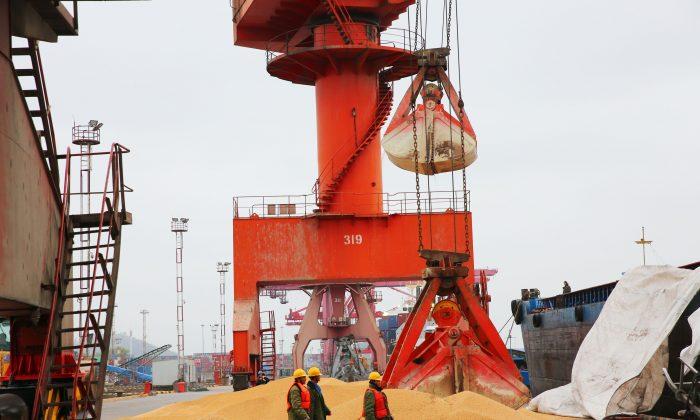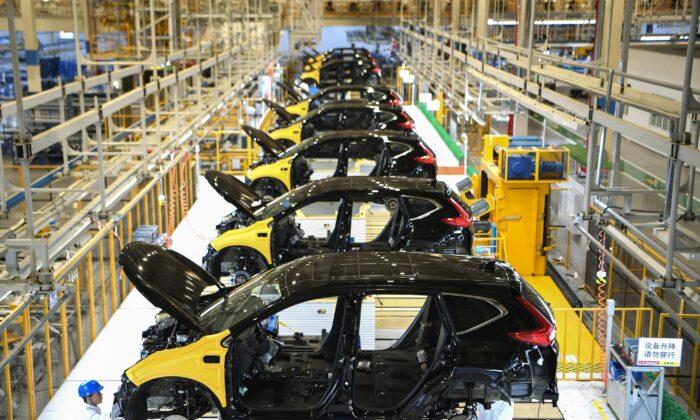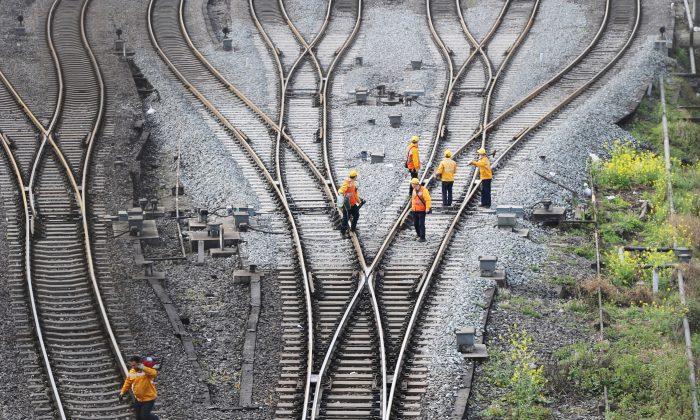A National Bureau of Economic Research study found that China used targeted trade war tariffs to specifically interfere with the political outcomes of the U.S. House of Representatives 2018 election.
NBER published “The Consumption Response to Trade Shocks: Evidence from the US-China Trade War” to analyze the effect of China’s 2017 to 2018 trade strategies on changes for individual consumption in United States counties. The results
demonstrate that through targeted retaliatory tariffs, China caused a “3.8 percentage point decline in consumption growth” in election competitive U.S. “
battleground” counties.
Former Speaker of the United States House of Representatives Tip O'Neill famously
stated that “all politics is local” to explain that constituents and voters are concerned mostly about issues that affect their personal lives and local community.
Economists have been able to track the overall economic impact of different types of tariffs on U.S. national and state GDP growth for decades. But given the variability in the mix of county economies and employment, economists have lacked the non-subjective tools necessary to “drill down” and understand tariff distribution effects for each of America’s 3,142 counties, and the corresponding tariff impact on local political elections.
With the Sino-U.S. trade war gaining momentum, Michael Waugh at the NYU Stern School of Business sought to develop an analysis for local “trade-induced changes” in labor income and production opportunities due to tariffs, such as the impact on Iowa farmers losing their ability to sell their soybeans due to Chinese agricultural tariffs.
Using the extensive consumer data
published by the U.S. Federal Reserve Bank of St. Louis each month since 1976, Waugh was able to directly track the economic relationships between the different sets of trade tariffs imposed by China during 2017 and 2018 and its impact on new car sales for every county in the United States.
Waugh
found that “a one percentage point increase in a county’s exposure to Chinese retaliatory tariffs leads to a 1 percentage point decrease in auto sales growth.” Economists refer to inputs that have a direct consumption impacts as an elasticity of 1.
By January 2019, shortly after the U.S. 2018 Congressional elections, Waugh found that auto sales growth was “about 2.5 percentage points lower in high-tariff counties relative to low-tariff counties after the start of the trade war in July 2018.”
Using the U.S. Bureau of Labor Statistics Quarterly Census of Employment and Wages
reports, Waugh found that slower consumption created slower employment. For the lowest quartile of high-tariff counties, the net average consumption decline was almost nil. But the top quartile of high-tariff counties, net average consumption declined by 3.8 percent.
Waugh
mapped the distribution effects of targeted Chinese tariffs by using red for the most tariff impacted counties and blue for the least impacted counties. The results reveal traditionally liberal voting bastions like Silicon Valley, Los Angeles, New York, Boston and Washington D.C. are very blue due to lower tariff impact; while traditionally conservative suburb and rural counties are very red due to higher tariff impacts.
Waugh’s red and blue map of counties targeted by Chinese tariffs during the 2018 U.S. House of Representatives elections, provides a direct relationship between Democrats gaining 41 seats on a 5.4 point increase in national voter percentages; while Republicans lost 42 seats on a 4.3 point drop in national voter percentages.
Chriss Street is an expert in macroeconomics, technology, and national security. He has served as CEO of several companies and is an active writer with more than 1,500 publications. He also regularly provides strategy lectures to graduate students at top Southern California universities.





